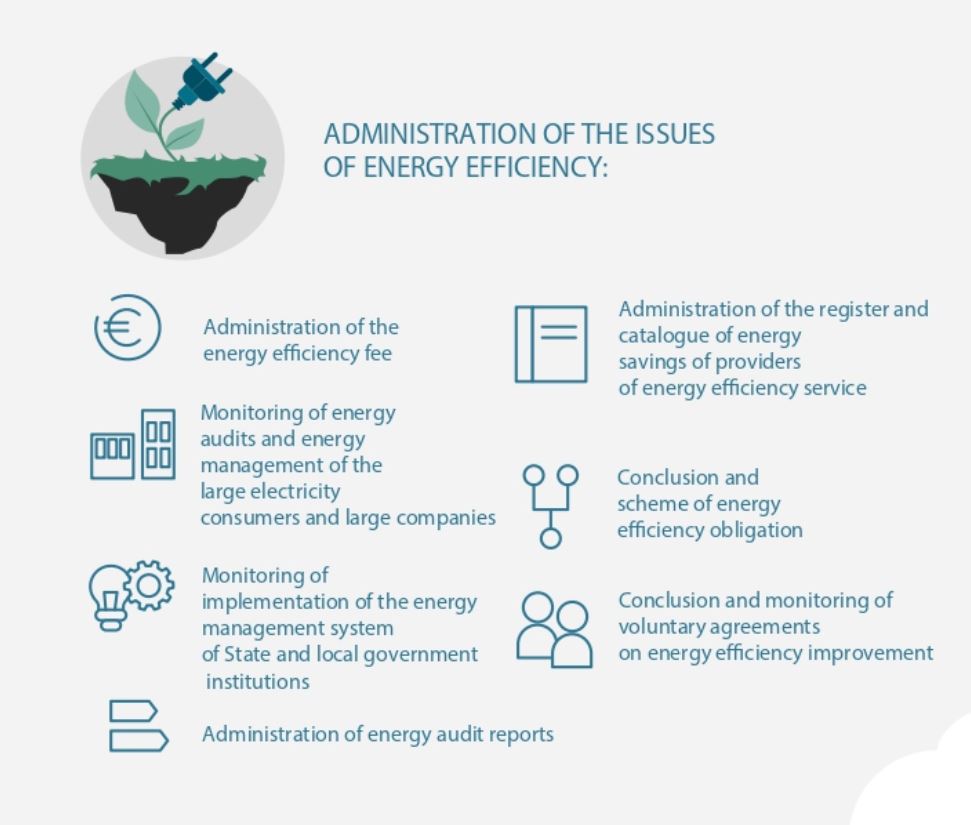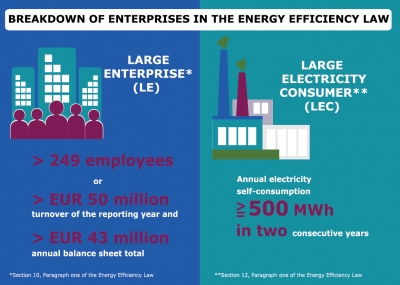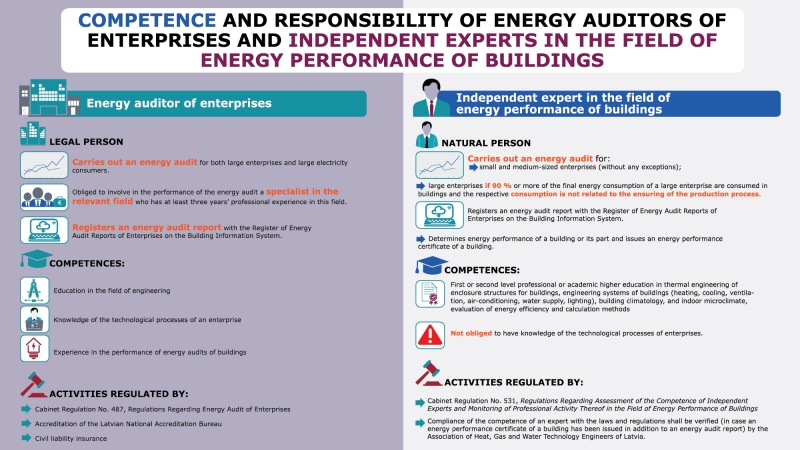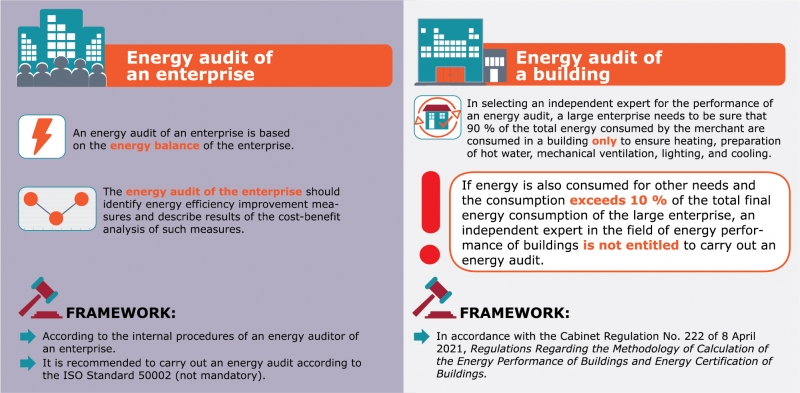The State Construction Control Bureau (SCCB) has compiled the 2020 list of large electricity consumers which contains merchants that correspond to the criteria for a large electricity consumer according to the data on electricity consumption in 2019 and 2020 provided by distribution system operators.
In 2020, a total of 1090 merchants qualified for the status of a large electricity consumer. If an energy audit has been carried out for a merchant, a certified energy management system or supplemented environmental management system has been introduced, or an approved balance sheet for electrical energy of an enterprise has been submitted as at the day of the publication of the list, it is indicated in the list of large electricity consumers that requirements of the Law have been complied with (X).
List of large electricity consumers
The SCCB will send an informative letter to the large electricity consumers that have been included in the list for the first time describing requirements and obligations under the Law in detail.
Pursuant to Section 12, Paragraph one of the Law, the large electricity consumer is a merchant whose annual electricity consumption exceeds 500 MWh for two consecutive calendar years. The respective criterion for the large electricity consumer does not apply to the following:
- Distribution system operators who have a licence for the distribution of electricity and who have been included in the list of licences of distribution system operators;
- Managers of residential buildings who have been registered with the Register of Managers of Residential Buildings on the Building Information System.
System operators provide the SCCB with the information about the electricity consumption data of users each year by 31 December, in accordance with Section 12, Paragraph nine of the Law.
A merchant acquires the status of a large electricity consumer from the moment it is included in the list of large electricity consumers, in accordance with Section 12, Paragraph thirteen of the Energy Efficiency Law.
Enterprises which have been included in the list of large electricity consumers for the first time must fulfil specific obligations arising from the Law:
- Introduce a certified energy management system within a year after their listing or carry out an energy audit* by 30 November of the following year;
- Notify the SCCB within 30 days after carrying out an energy audit or introducing a certified energy management system or supplemented environmental management system and indicate at least three energy efficiency improvement measures with the greatest assessed energy savings or economic returns by completing a form in accordance with Annex 5 to the Cabinet Regulation No. 668 of 11 October 2016, Regulations Regarding the Energy Efficiency Monitoring and Applicable Energy Management System Standard (hereinafter – the Cabinet Regulation No. 668);
- In accordance with Annex 2 to the Cabinet Regulation No. 668, submit each year by 1 November an annual report on the energy efficiency improvement measures introduced and energy savings achieved as a result of them.
*An energy audit for large electricity consumers, unless they are large enterprises, may be carried out by an independent expert in the field of energy performance of buildings or energy auditor of enterprises, in accordance with Section 11 of the Law.
Accredited energy auditors of enterprises can be found on the website of the Latvian National Accreditation Bureau at www.latak.gov.lv under “Accredited institutions”. The list of entitled independent experts in the field of energy performance of buildings is available on the website of the Building Information System at www.bis.gov.lv under “Registers”.
The Bureau points out that if an energy audit report, certification of an energy management system or supplemented environmental management system of a merchant expires and the merchant qualifies for the status of a large electricity consumer, the merchant must re-conduct the energy audit of enterprise or re-certify the energy management system or supplemented environmental management system. After re-conducting the energy audit or re-certifying the merchant should inform the SCCB by submitting a completed form according to Annex 5 to the Cabinet Regulation No. 668.
Balance sheet for electrical energy
In cases where a large electricity consumer transfers electricity to sub-users, the large electricity consumer may confirm the volume of electricity transferred to a specific sub-user submitting a balance sheet for electrical energy approved by the SCCB’s energy auditor. The balance sheet for electrical energy is to be submitted to the SCCB before 1 March of the current year. It should indicate distribution of electricity consumption according to the form below. The balance sheet of the large electricity consumer may be approved by an energy auditor of enterprises or independent expert in the field of energy performance of buildings.






